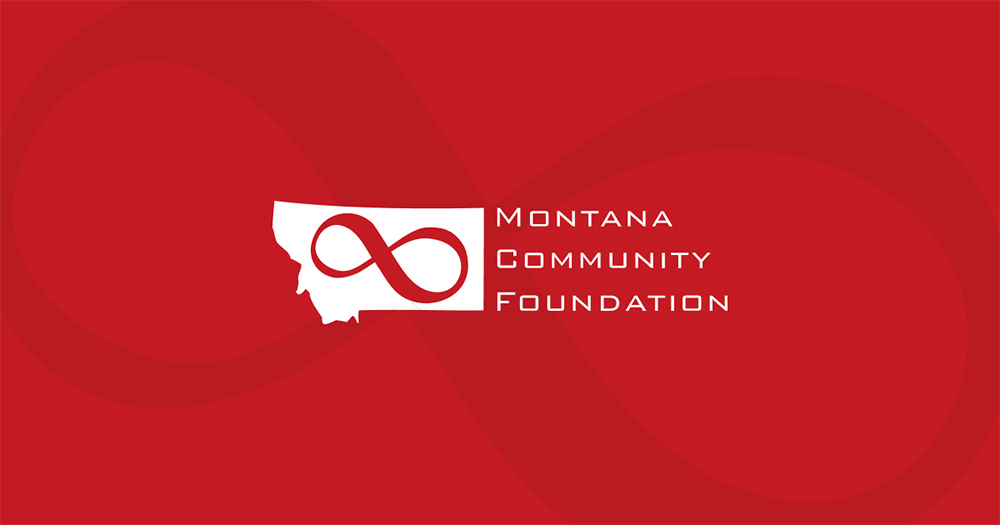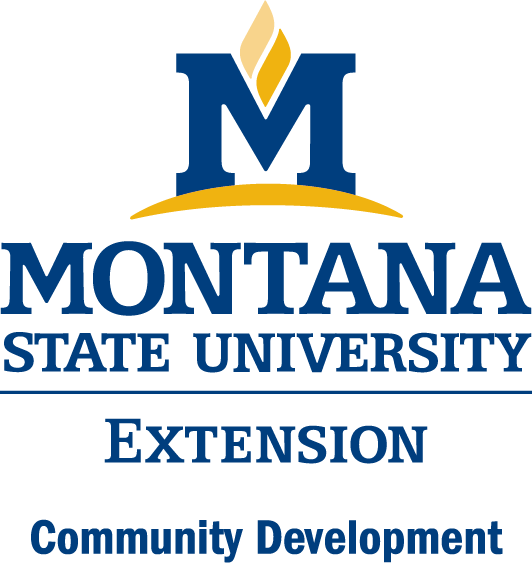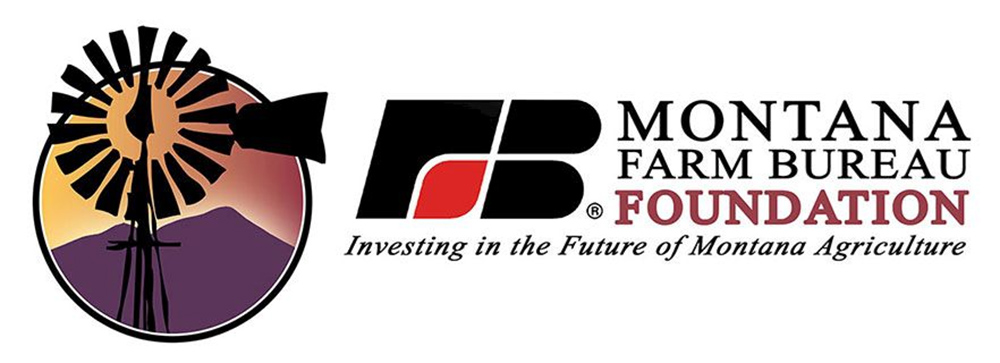Newcomers to Montana Communities
Click here for a one-page pdf version
of this research summary.
People have moved into Montana communities for decades, but the pandemic brought attention to the trend. This study sought to answer four main questions:
-
Why did they chose to move to their new community?
-
Who is moving to Montana communities?
-
How satisfied are they with their new community?
-
How much do they engage with their new community?
Why did people move? It's not a financial decision!
Only about a 1/3 said their move was motivated primarily for a job.
The top-rated reasons given for moving were related to quality of life, including:
- Better access to the outdoors
- Less congested place to live
- A slower pace of life
- To live in a smaller community
- To find a safer place to live
Who is moving to Montana Communites?
Only about a 1/3 have ever lived there before.
39% had kids living at home.
They have high levels of education and income:
• 61% had bachelor’s degree or higher (compared to 32% in MT)
• 57% had household incomes higher than $75,000 (MT median Household income $56,539)
• 97% owned home compared to 68% in MT
Remote work and business ownership:
• 23% said they own a business (34% of those created their business)
• 9% said they work remotely for someone else
• 6% said their spouse works remotely
What other businesses might they create in your town?
Meet the Need:
Newcomers don’t have connections and may face challenges integrating into the community.
Not everyone moved from out of state.
49% moved from out of state.
Top states where people moved from included: California, Washington, Colorado, Oregon, Idaho, Texas, Wyoming, Nevada, and Utah.
Satisfaction with the move is high
Nearly all are highly satisfied with their new community, its recreational opportunities, natural amenities, interesting activities, and the feeling of safety.
Respondents report very frequent use of amenities (rivers, parks, trails, cultural activities, etc).
Newcomers seek to get involved with their new community
New residents move in and seem to become personally invested in the community.
- 55% said they volunteered sometimes or often
- 46% said they attended a club or organizational meeting sometimes or often
- 45% said they worked on a community or regional project sometimes or often
- 83% said they exchanged small favors or help with a neighbor sometimes or often
Not exclusively a pandemic story
- The sample included people that moved between 2016 and January 2021
- 28% of respondents to this study reported that they moved during 2020 and 2021
- 4% said their move was motivated by the pandemic
Details about the survey methodology:
- 9000 paper surveys mailed in April and May 2021
▫ ½ were sent to addresses in “urban” counties (we used US Census designated Metropolitan and Micropolitan counties)
▫ ½ were sent to remaining counties which we called rural - 1204 responses were received from newcomers
- 13.62% response rate, error rate of +/- 3.09%
Some limitations of this study were that it did not include renters, reservation and
tribal communities due to the
sample base of property title transfers. This exclusion also likely contributed to
the slightly higher income levels.
For more information and/or to view the full report visit montana.edu/extension/communitydevelopment/newcomerresearch
Contact Tara Mastel with questions: [email protected] or 406-490-4180
This research was made possible by the generous support of the Montana Community Foundation and the Montana Farm Bureau Foundation.
The U.S. Department of Agriculture (USDA), Montana State University and Montana State University Extension prohibit discrimination in all of their programs and activities on the basis of race, color, national origin, gender, religion, age, disability, political beliefs, sexual orientation, and marital and family status.



